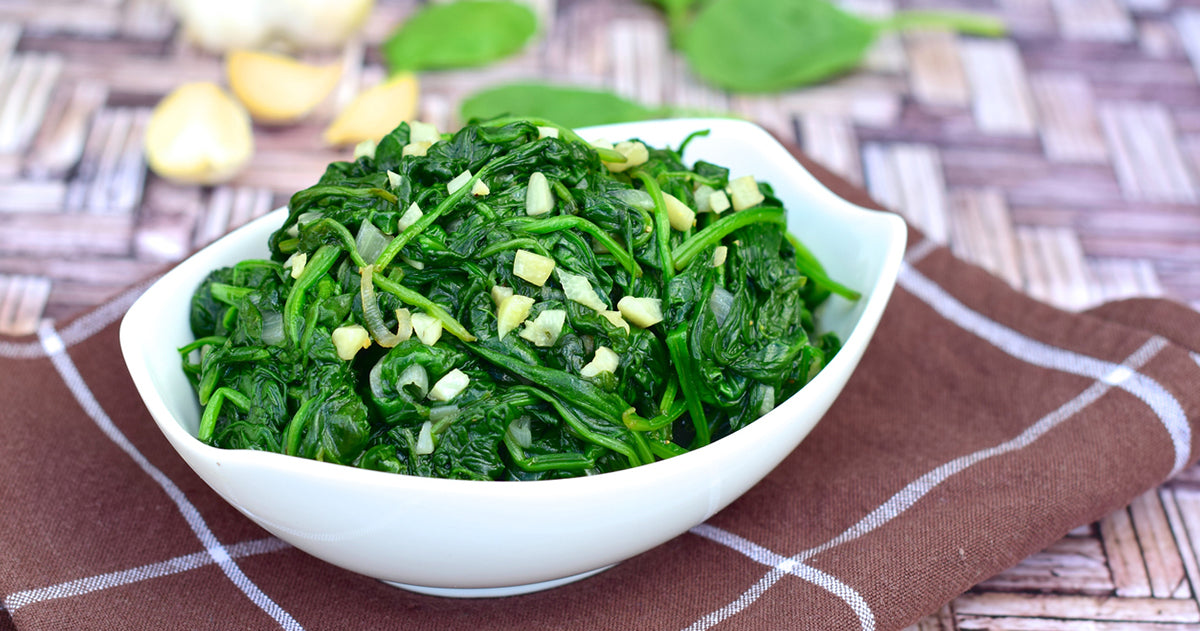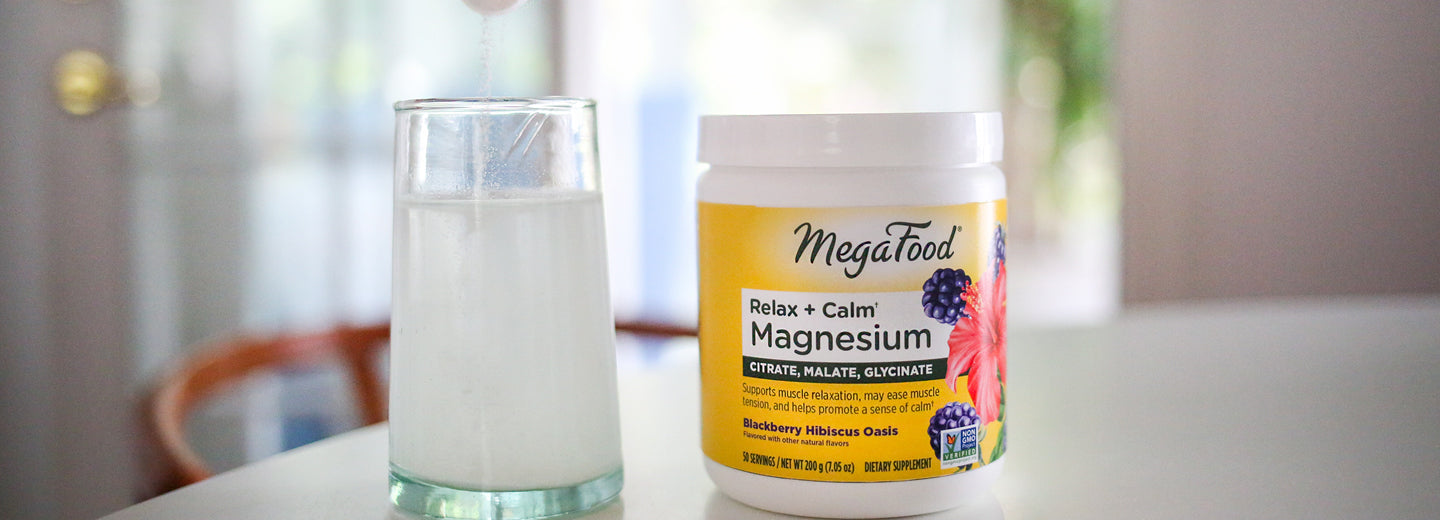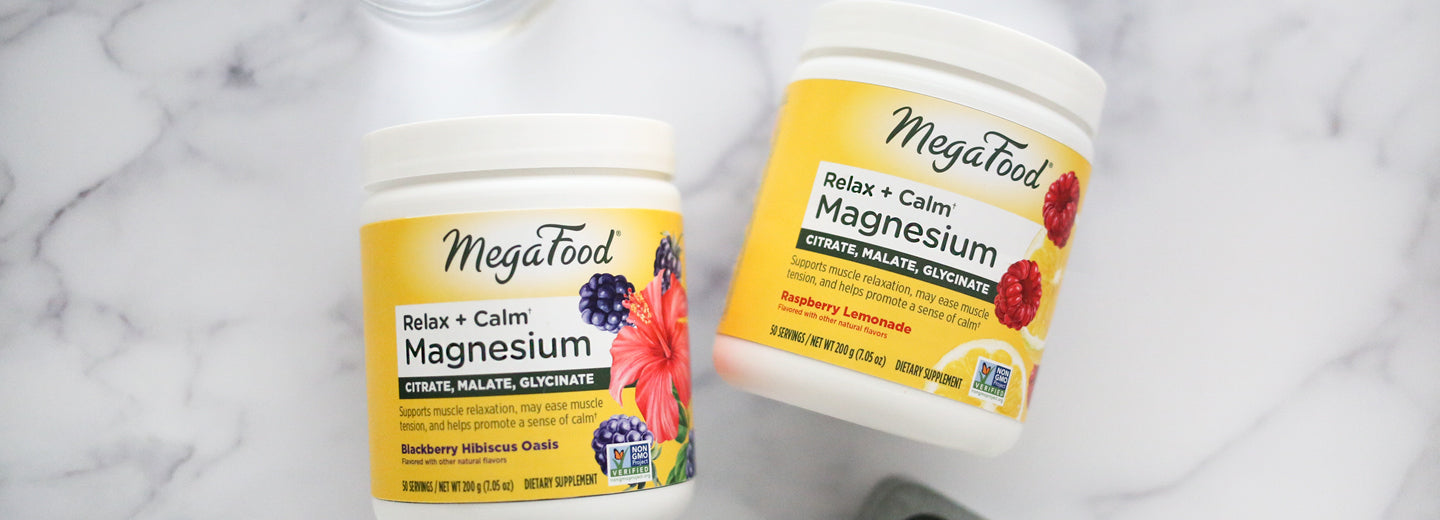Magnesium-rich foods to add to your diet

Erin Stokes, Naturopathic Doctor, MegaFood Medical Director | July 2020
What does magnesium do?
We all do our best to eat well, but it’s easy to miss getting enough of a vital mineral that our body needs - magnesium! A powerhouse mineral, magnesium is a cofactor for more than 300 enzymes in the human body!Footnote 1 If we don’t have enough of this mineral, then these enzymes can’t do their jobs to regulate muscle and nerve function, energy production, blood sugar balance and much more.
How much do I need?
According to the National Institutes of Health, the Recommended Daily Allowance (RDA) for men is 420 mg, and for women it is 320 mg total. This amount can be obtained from a combination of food intake and supplementation. Food is always first for vitamin and mineral intake, yet many Americans are falling short of getting adequate amounts in their daily nutrition. “An analysis of data from the National Health and Nutrition Examination Survey (NHANES) of 2013-2016 found that 48% of Americans of all ages ingest less magnesium from food and beverages than their respective EARs (Estimated Average Requirement)”.Footnote 2
Getting more magnesium
Fortunately, magnesium is found in a variety of foods, and you can think about them in three major food groups:
- Nuts and Seeds
- Beans
- Greens
Nuts and Seeds
After poring through several different magnesium food source lists, it’s official that pumpkin seeds land at the top of the list. According to the Cleveland Clinic website, just 1 oz. of pumpkin seeds contains 168 mg of magnesium.Footnote 3 Bonus: pumpkin seeds are also a source of zinc! Next up is nuts. While almonds lead the pack with just 2 ounces containing 180 mg of magnesium, you can consider cashews and peanuts as well, which are also respectable food sources of magnesium. Don’t like the sound of eating nuts? Try almond butter or peanut butter instead.
Beans
In addition to having protein and fiber, beans can give your diet a magnesium boost. A half cup of black beans and a half cup of edamame contain 60 mg and 50 mg of magnesium respectively. Kidney beans have a bit less magnesium, but are still considered a decent food source of this mighty mineral.
Greens
Greens don’t show up for magnesium in quite the way they do for other nutrients such as folate and vitamin C, but one in particular does- spinach. Cooked spinach is a better source of magnesium than raw, because the cooking process makes magnesium and other minerals such as calcium more available. In general, I’m a raw spinach fan (green smoothies anyone?), but when trying to up your magnesium levels this is one exception to the norm.
And one delicious magnesium food source we haven’t yet mentioned - dark chocolate!
No matter how well we try to eat, many of us still fall short of meeting our daily magnesium requirements. For me, daily magnesium supplementation has helped support muscle relaxation.* Focusing on magnesium food sources first, and then supplementing as needed can be a winning combination to meet your individual magnesium needs.
Learn more about our magnesium supplements and find the one that’s right for you!
1 Low Dog, Tieraona. (2016) Fortify your Life, Washington DC: National Geographic Partners. p.176-183 2National Institutes of Health. Magnesium Fact Sheet. https://ods.od.nih.gov/factsheets/Magnesium-HealthProfessional/ 3Cleveland Clinic. Magnesium Rich Foods. https://my.clevelandclinic.org/health/articles/15650-magnesium-rich-food



Leave a comment
This site is protected by hCaptcha and the hCaptcha Privacy Policy and Terms of Service apply.